From colonialism to Soviet brutalism, Daniel Shea captures Havana's unique landscape
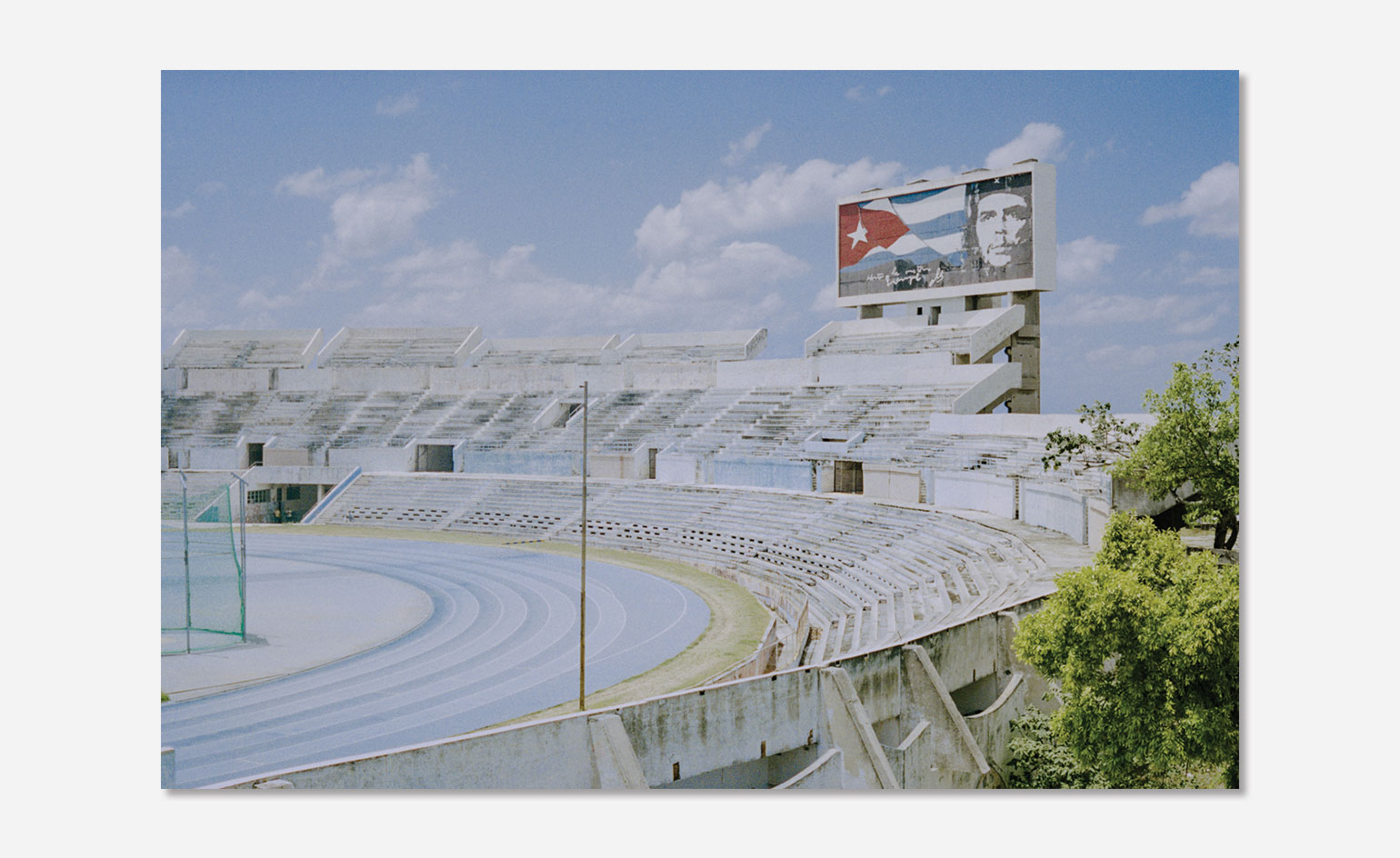
On the eve of Chanel’s landmark Havana Cruise 2016 show, we dispatched New York photographer Daniel Shea to shoot a portfolio of the Cuban creatives who are driving the country’s new cultural revolution.
Here, Shea also shares his personal travel diary of the built and natural surrounds that inspired his first trip to a country that’s in the midst of a creative shake up, spearheaded by a new economic and social liberalism…
W*: What were your initial impressions of Havana?
DS: Driving in from the airport, the first thing I noticed was the architecture, which felt unique to the place and its various competing histories, including colonialism. The combination of historical preservation, ruin and the sprinkling of new construction creates the Havana density, plus the beautiful colours and strong, hot sunlight bathing everything.
How did this evolve during your stay?
As I started walking around and shooting, I learned how friendly the city was. Strangers approached me sharing information about their city and their favourite places. I was reading about the town as I was there, and so much of my experience of a city comes through thinking about its architectural history, and I began to notice the different historical echoes and the embedded politics, from colonialism to Soviet brutalism.
What did you find yourself mainly shooting?
Architecture, but also the local flora. As part of my assignment, I photographed local Cuban artists in their homes, so I didn't make many portraits as part of my travel dairy. I wanted to walk and think about the landscape of the city.
What were you stylistically most taken aback by while shooting these portfolios for the W* September style issue?
A lot of the artists had their studios in buildings that were not previously industrial (like in New York), but primarily residential. They used bedrooms to stage various projects, almost like a gallery. It was a great way to experience their work, to have a discrete space for one or a small number of pieces, then move to a different room and see something else. And people's outdoor spaces seemed very important to them, and they were very beautiful, usually canopied and made for unwinding.
Was there a time of day when the city felt most alive or any local rituals you found yourself adopting?
By far, dusk on the Malecón, as the day's heat settles and people walk, sit, and drink rum and coffee. It's very special. I always made sure to be out on the Malecón if I could at this time, at various points on the long stretch, drinking rum with new friends or solo.
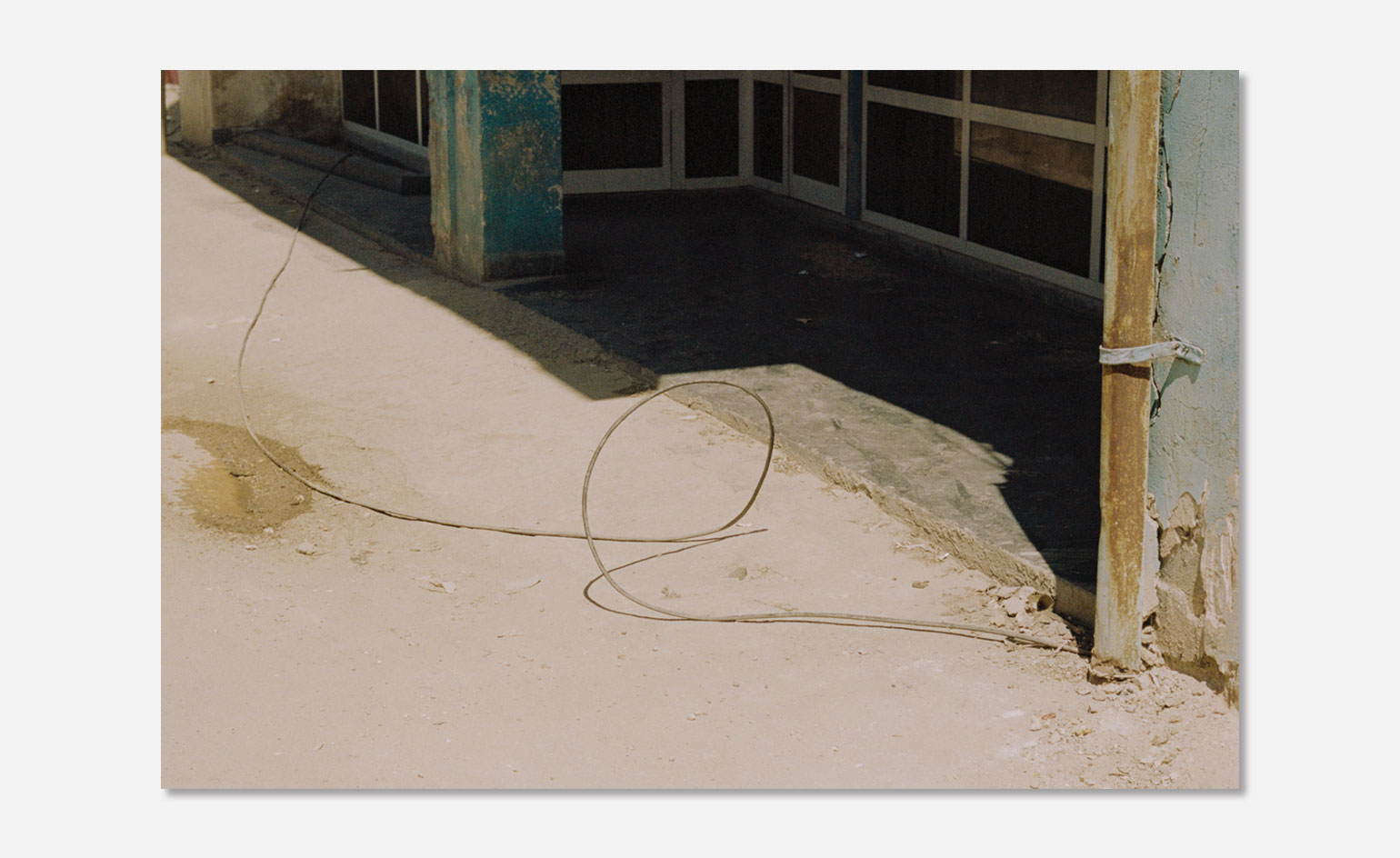
Shea shares his personal travel diary of the built and natural surrounds that inspired his first trip to a country that’s in the midst of a creative shake up, spearheaded by a new economic liberalism
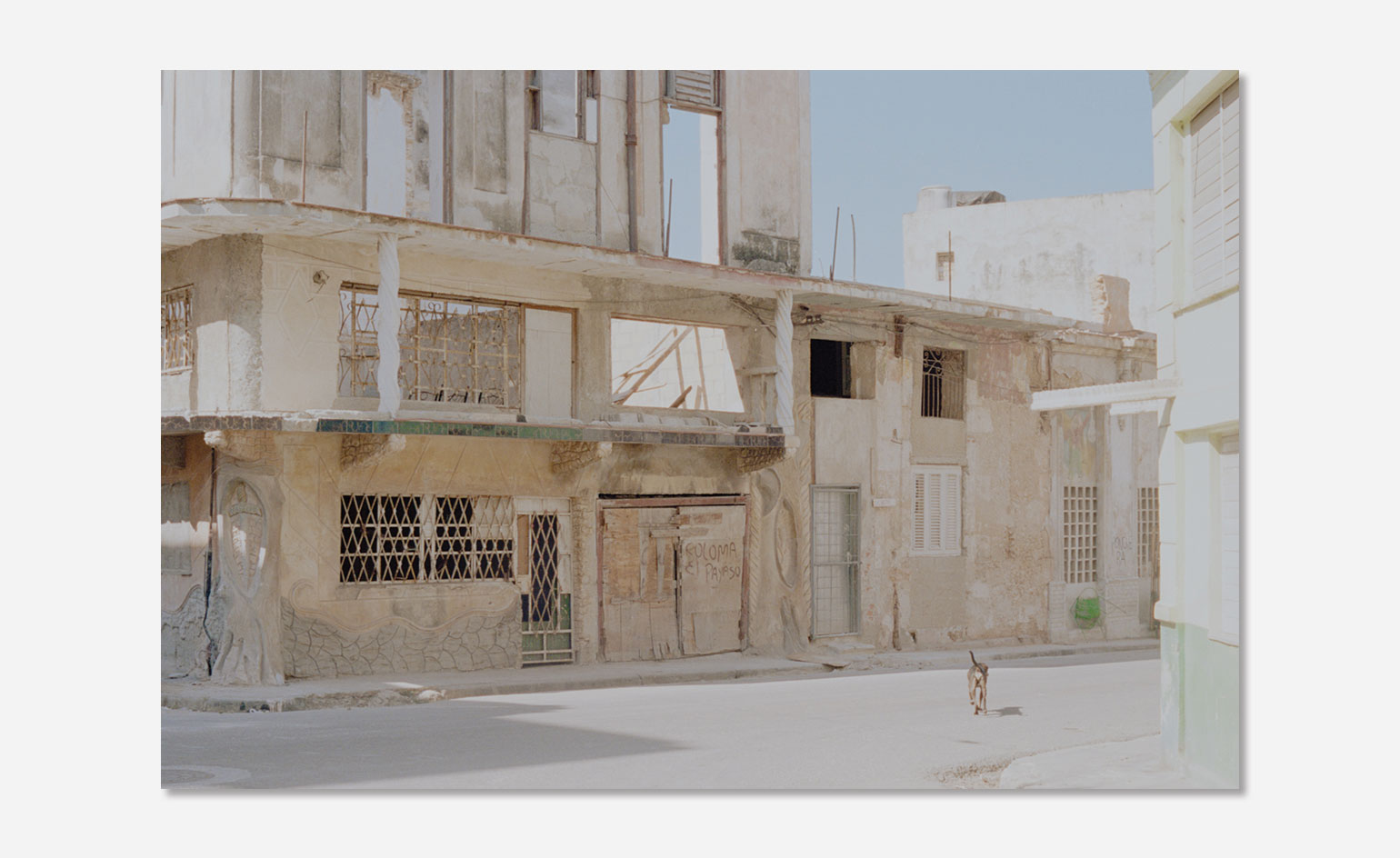
The photographer explains his initial impressions. 'Driving in from the airport, the first thing I noticed was the architecture, which felt unique to the place and its various competing histories, including colonialism'
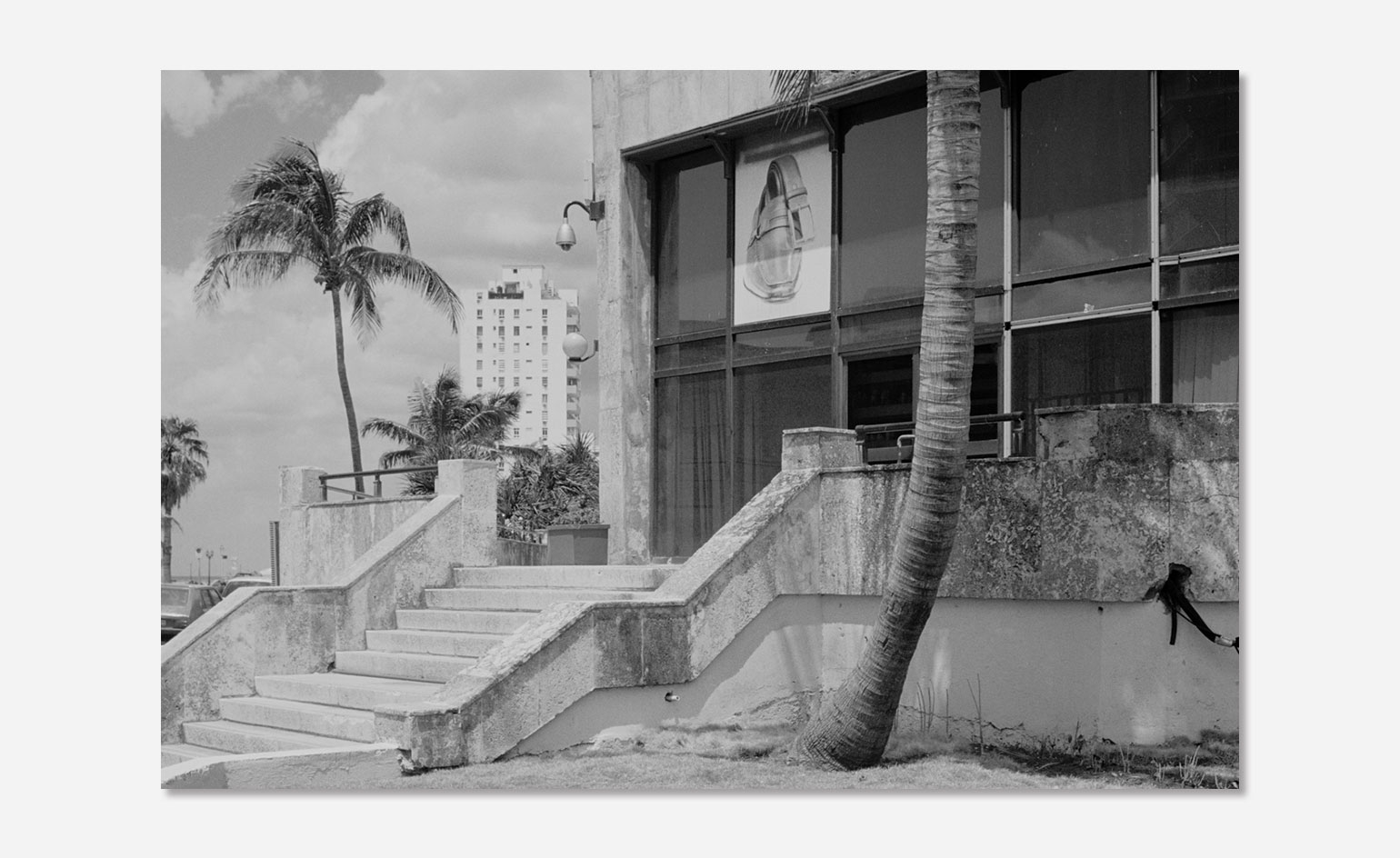
'... the combination of historical preservation, ruin and the sprinkling of new construction creates the Havana density,' he continues. 'Plus the beautiful colours and strong, hot sunlight bathing everything'
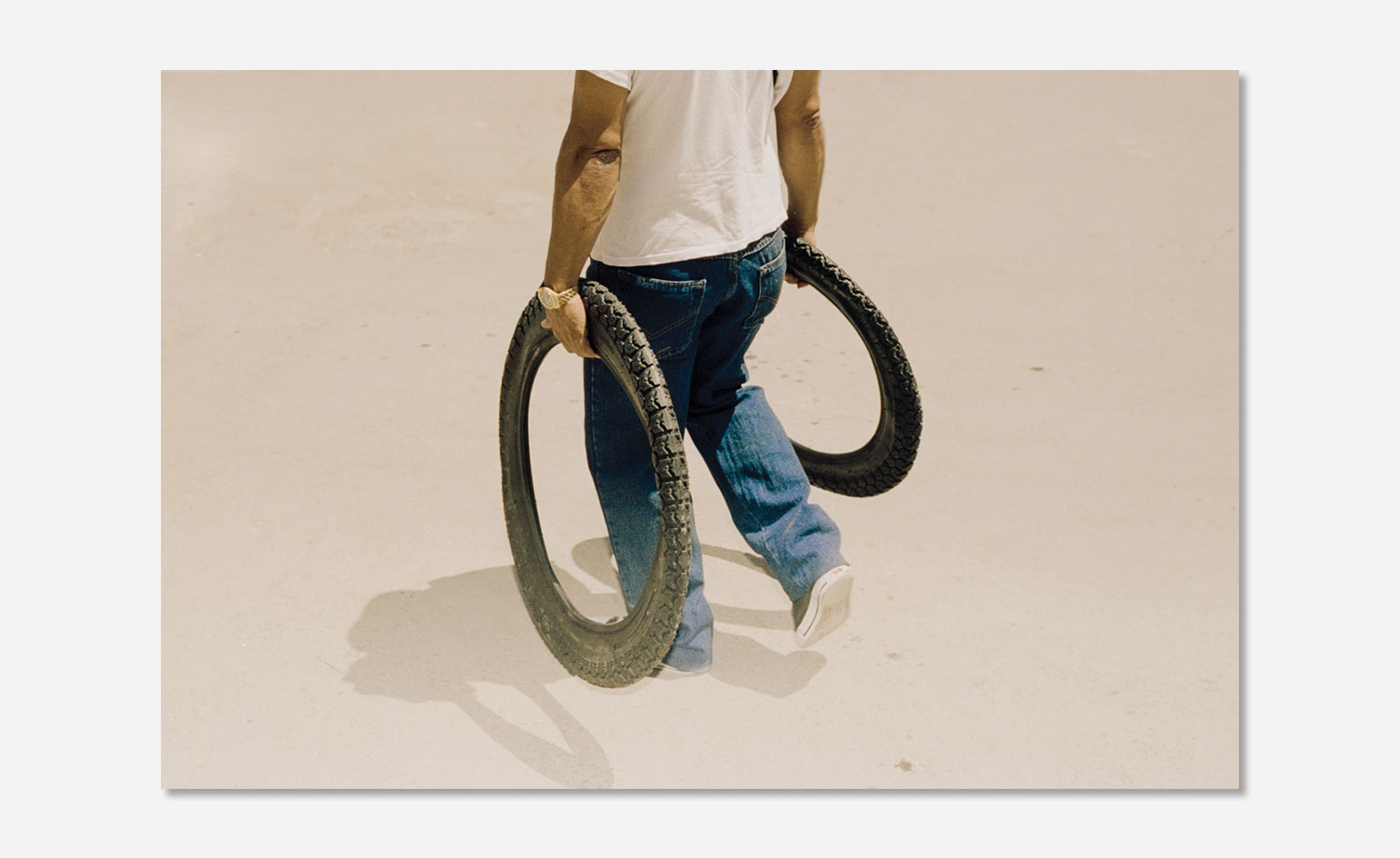
'As I started walking around and shooting, I learned how friendly the city was. Strangers approached me sharing information about their city and their favourite places'
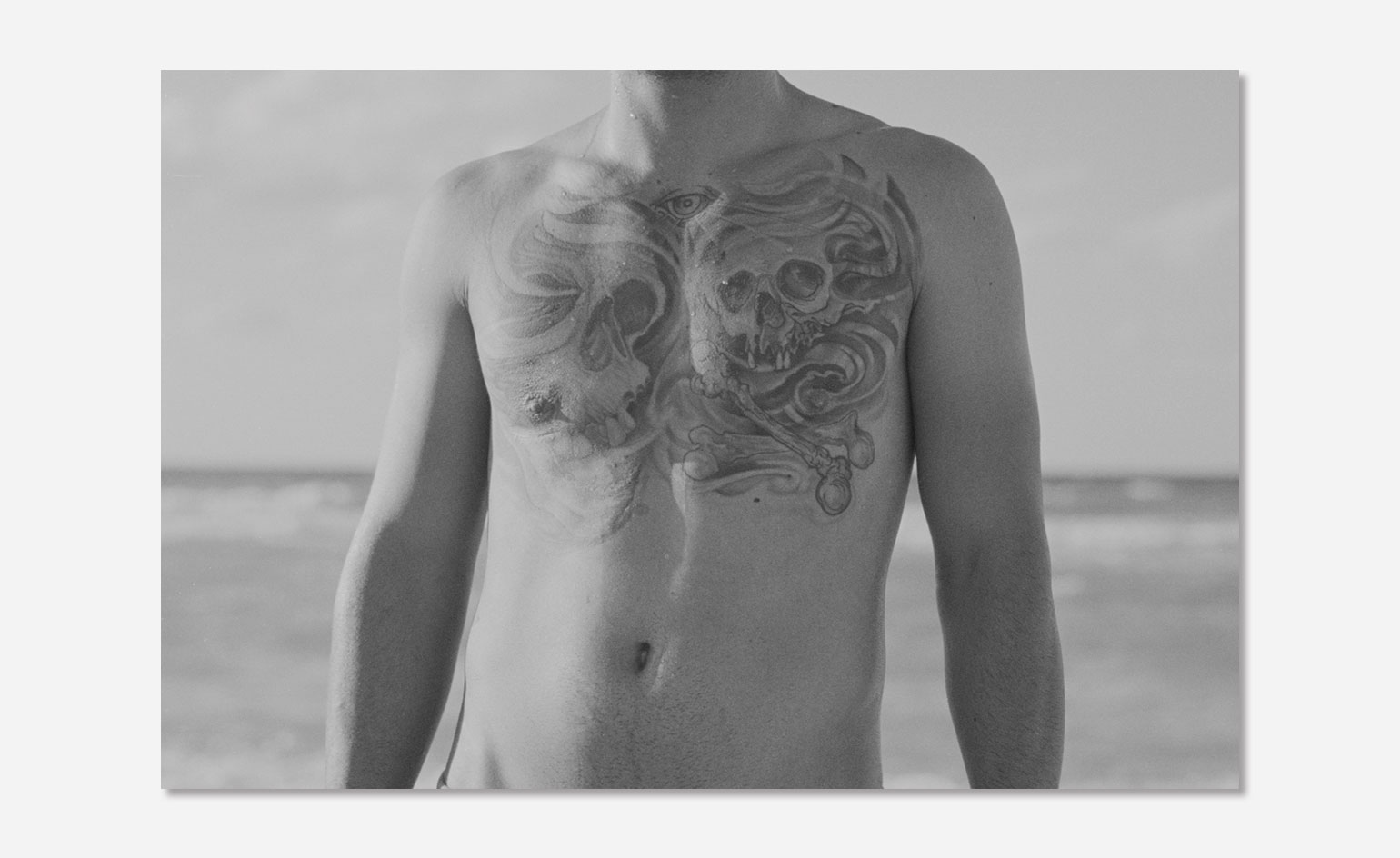
'I was reading about the town as I was there, and so much of my experience of a city comes through thinking about its architectural history, and I began to notice the different historical echoes and the embedded politics, from colonialism to Soviet brutalism'
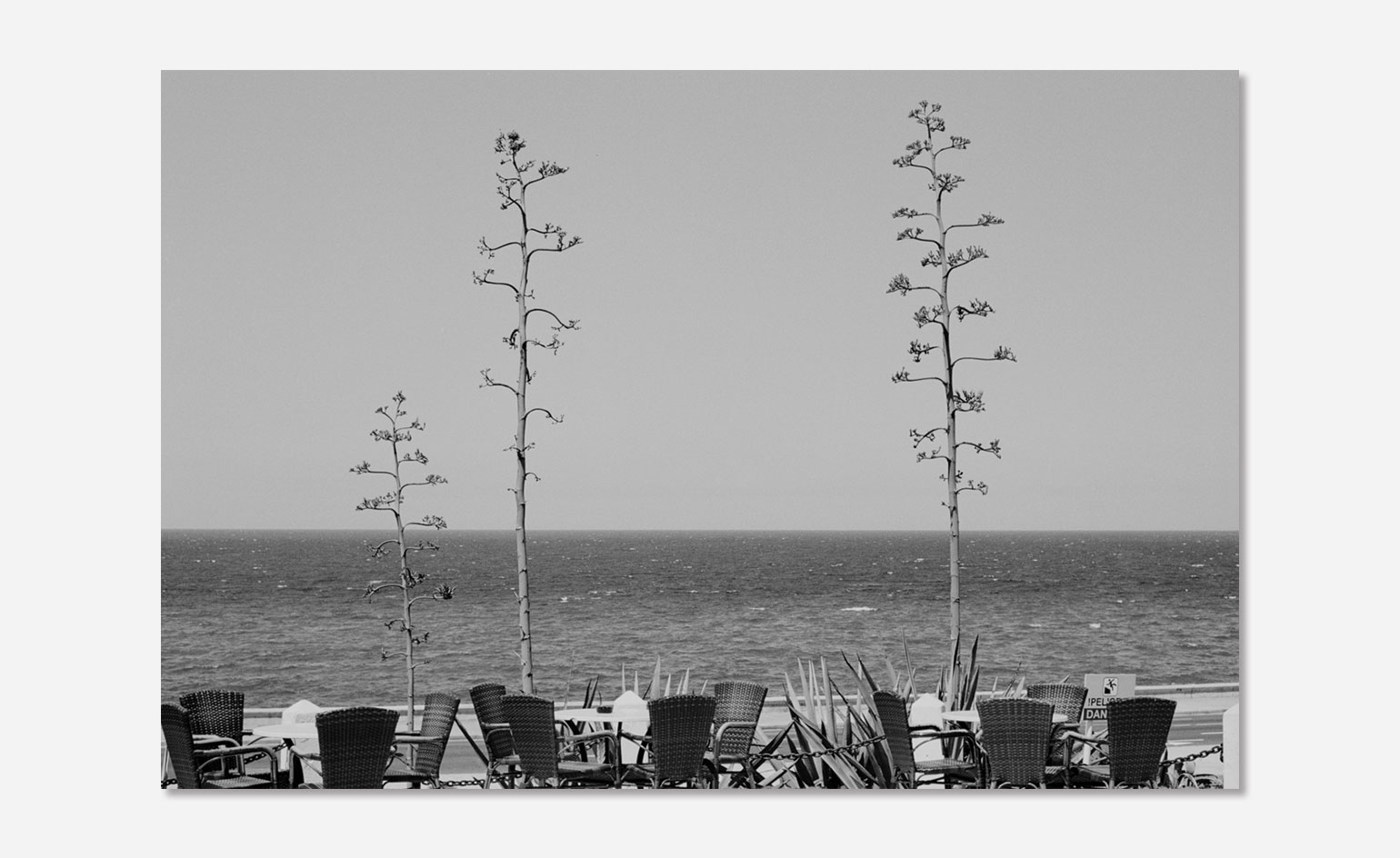
Shea found himself mainly drawn to the city's architecture, but his eye was also attracted to its flora
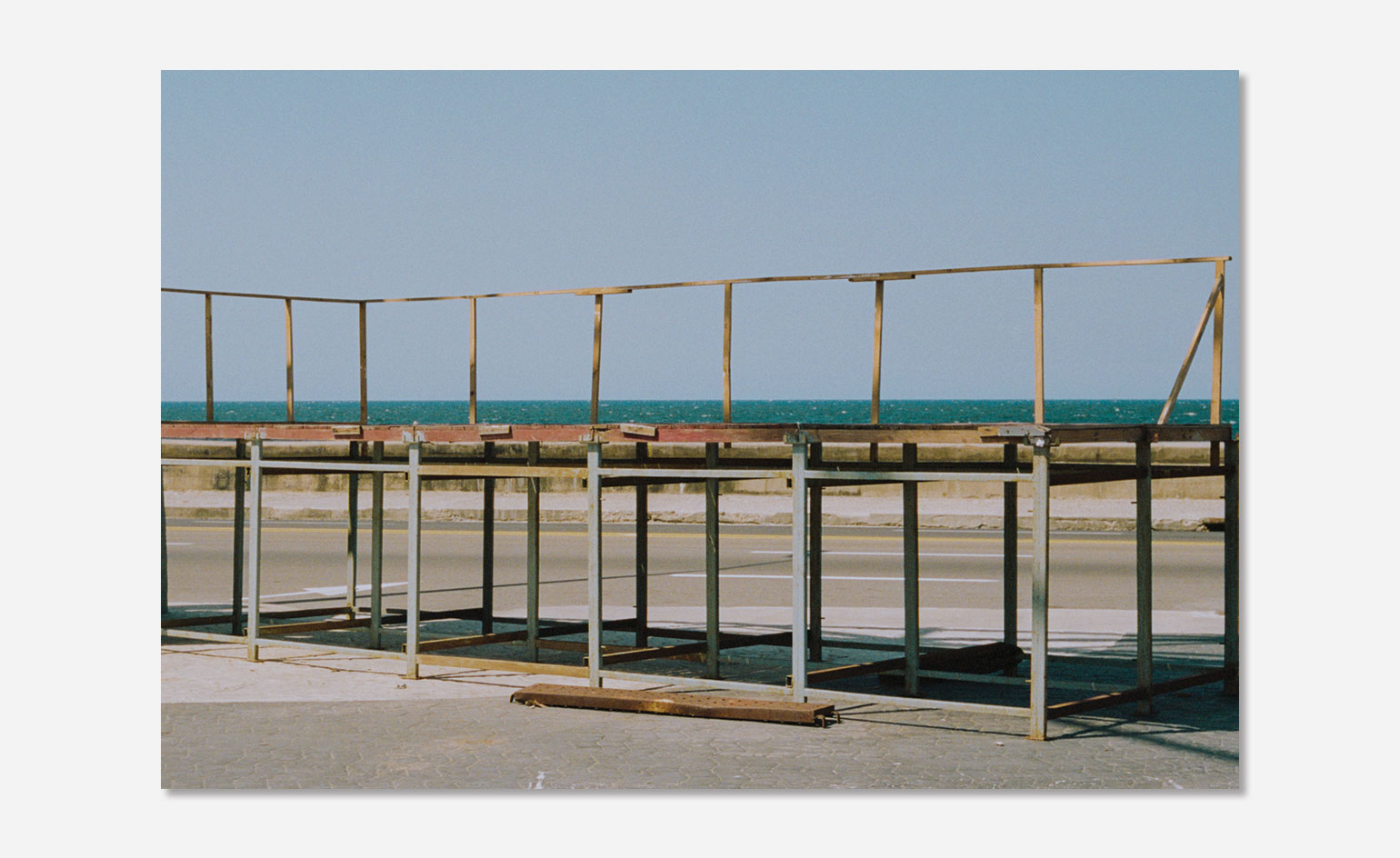
Asked what Shea was stylistically most taken aback by while shooting, he explains: 'A lot of the artists had their studios in buildings that were not previously industrial (like in New York), but primarily residential'

'... they used bedrooms to stage various projects, almost like a gallery. It was a great way to experience their work'
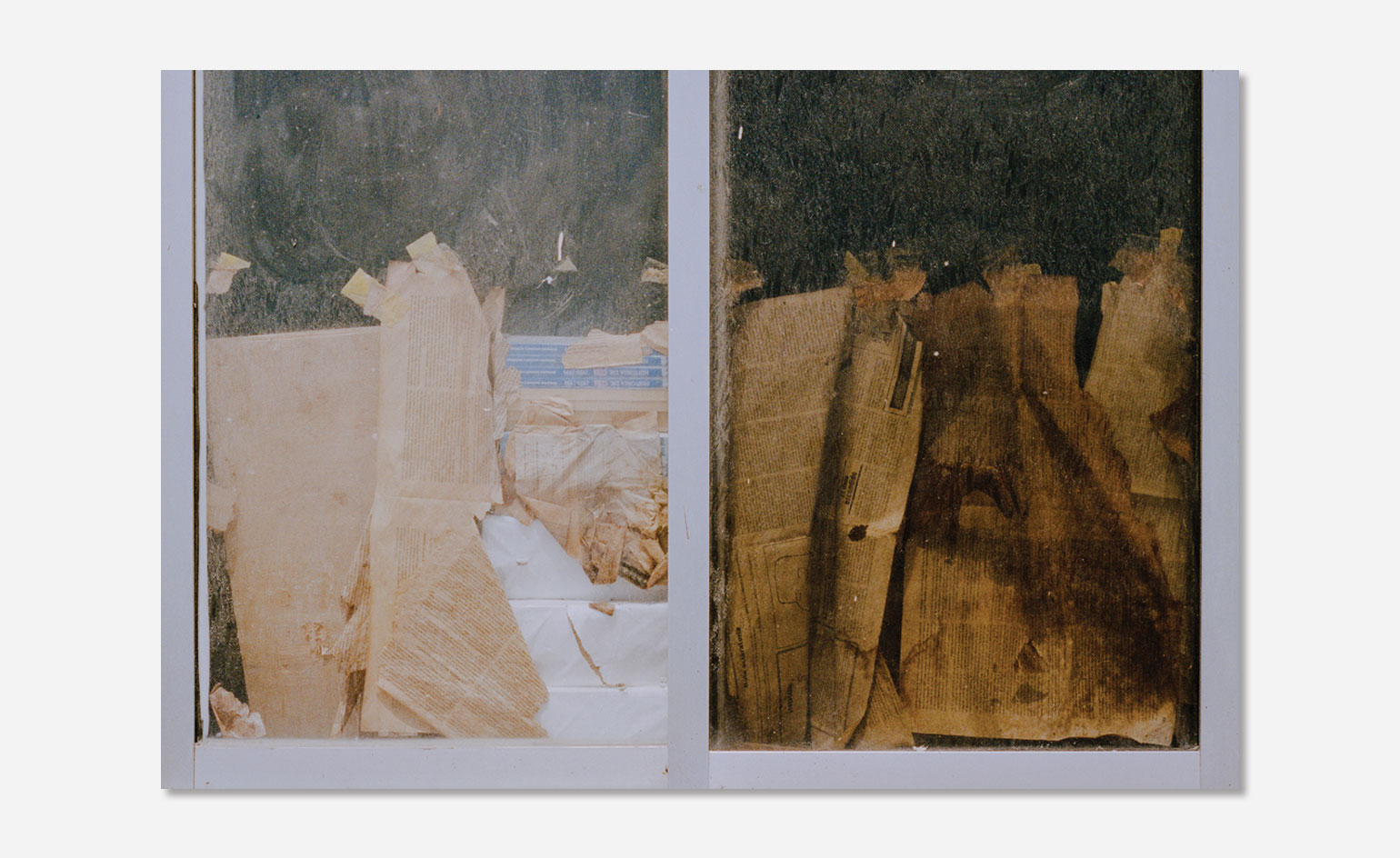
The photographer continues, 'People's outdoor spaces seemed very important to them, and they were very beautiful, usually canopied and made for unwinding'
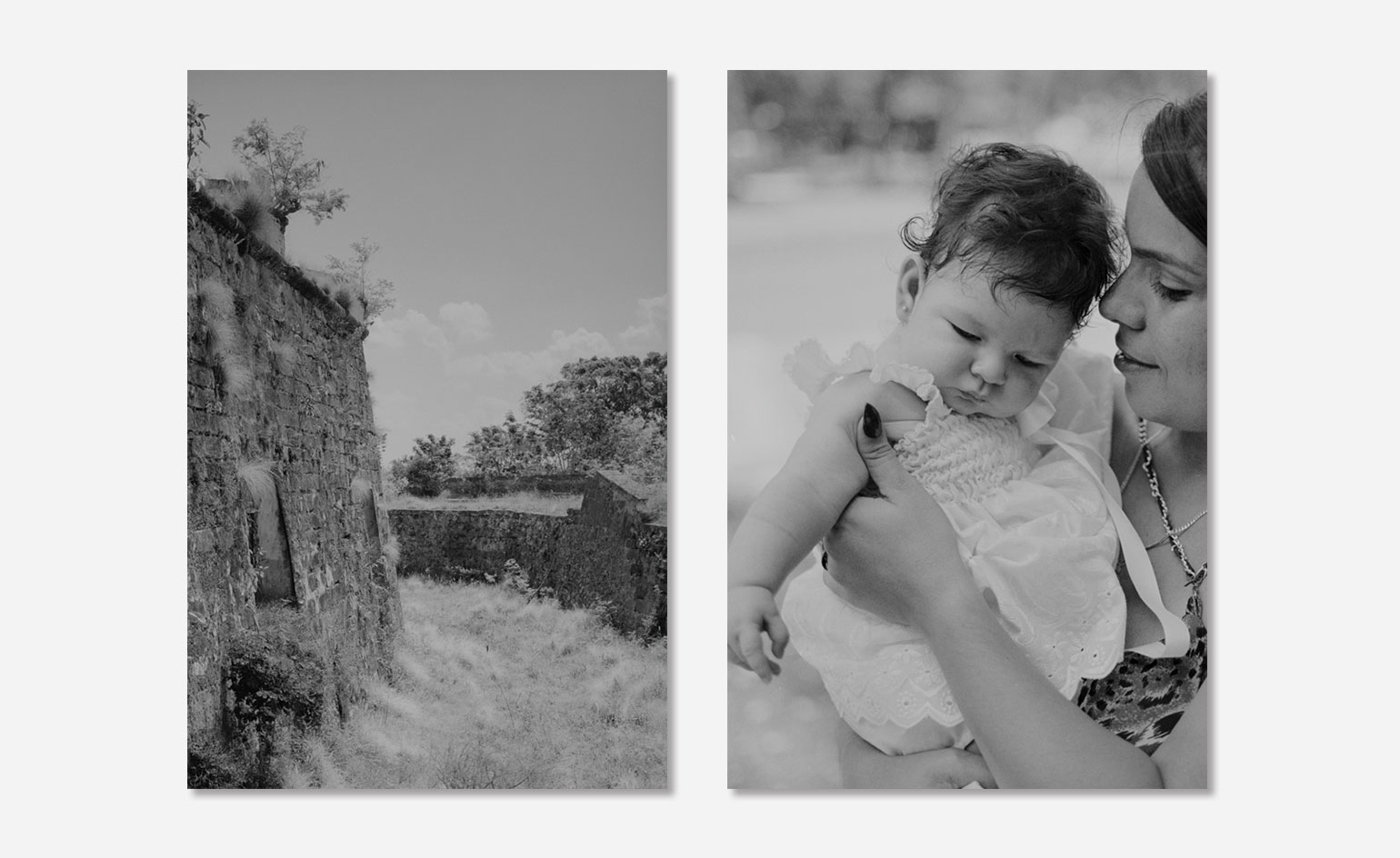
'I photographed local Cuban artists in their homes, so I didn't make many portraits as part of my travel dairy. I wanted to walk and think about the landscape of the city'
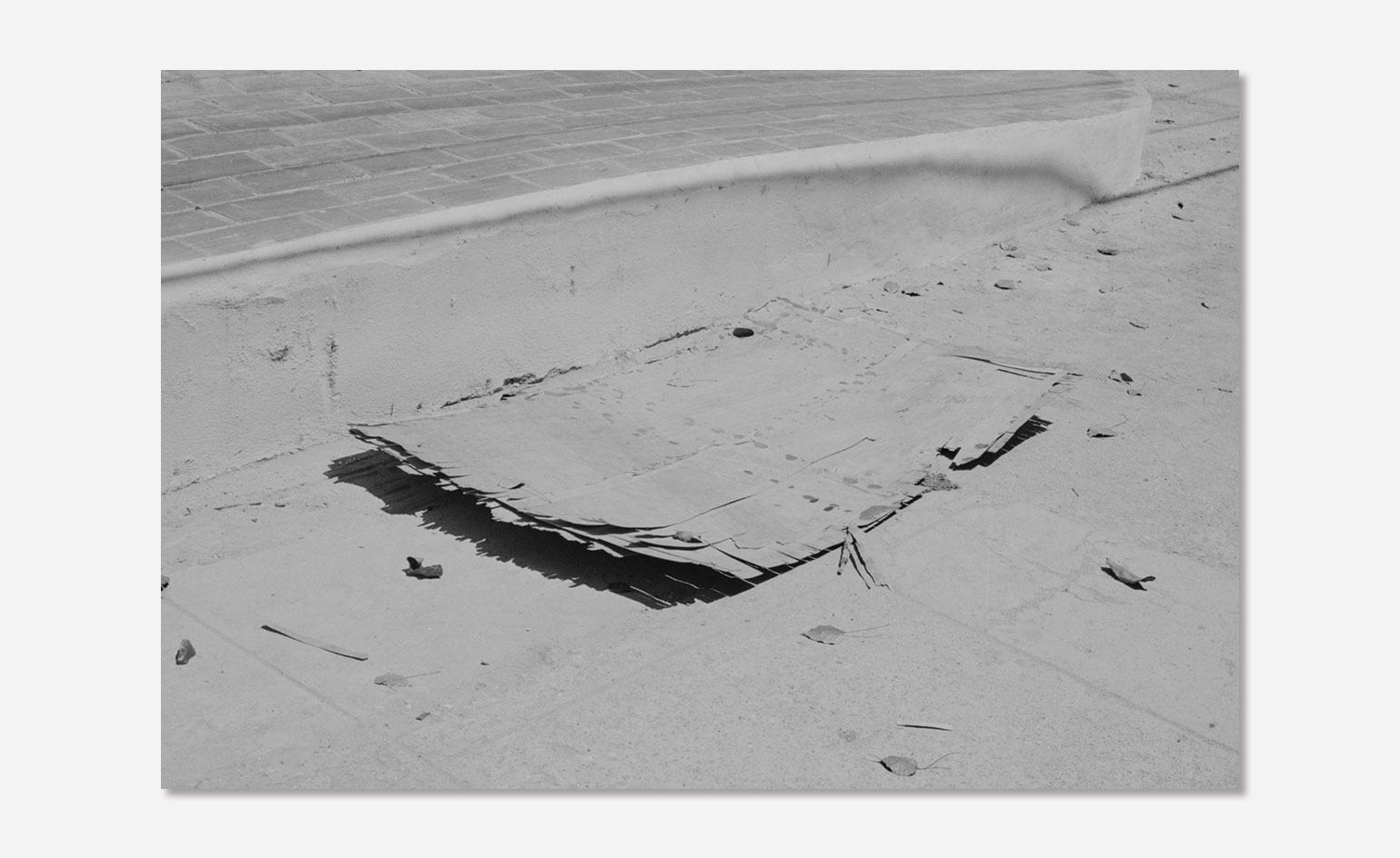
W* asked, 'Was there a time of day when the city felt most alive and any local rituals you found yourself adopting?'
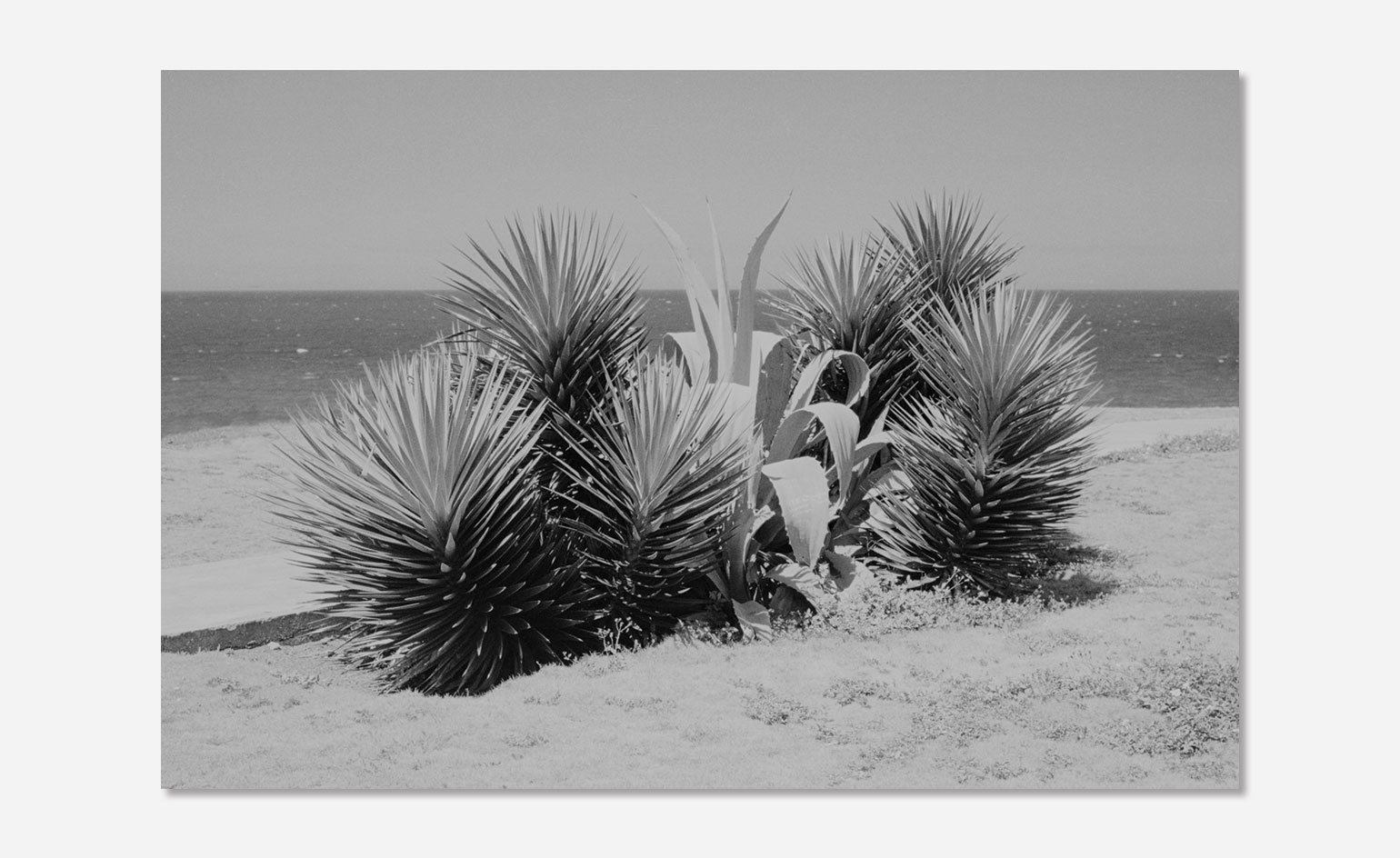
Shea replied, 'By far, dusk on the Malecón, as the day's heat settles and people walk, sit, and drink rum and coffee. It's very special'

'I always made sure to be out on the Malecón if I could at this time, at various points on the long stretch, drinking rum with new friends or solo'
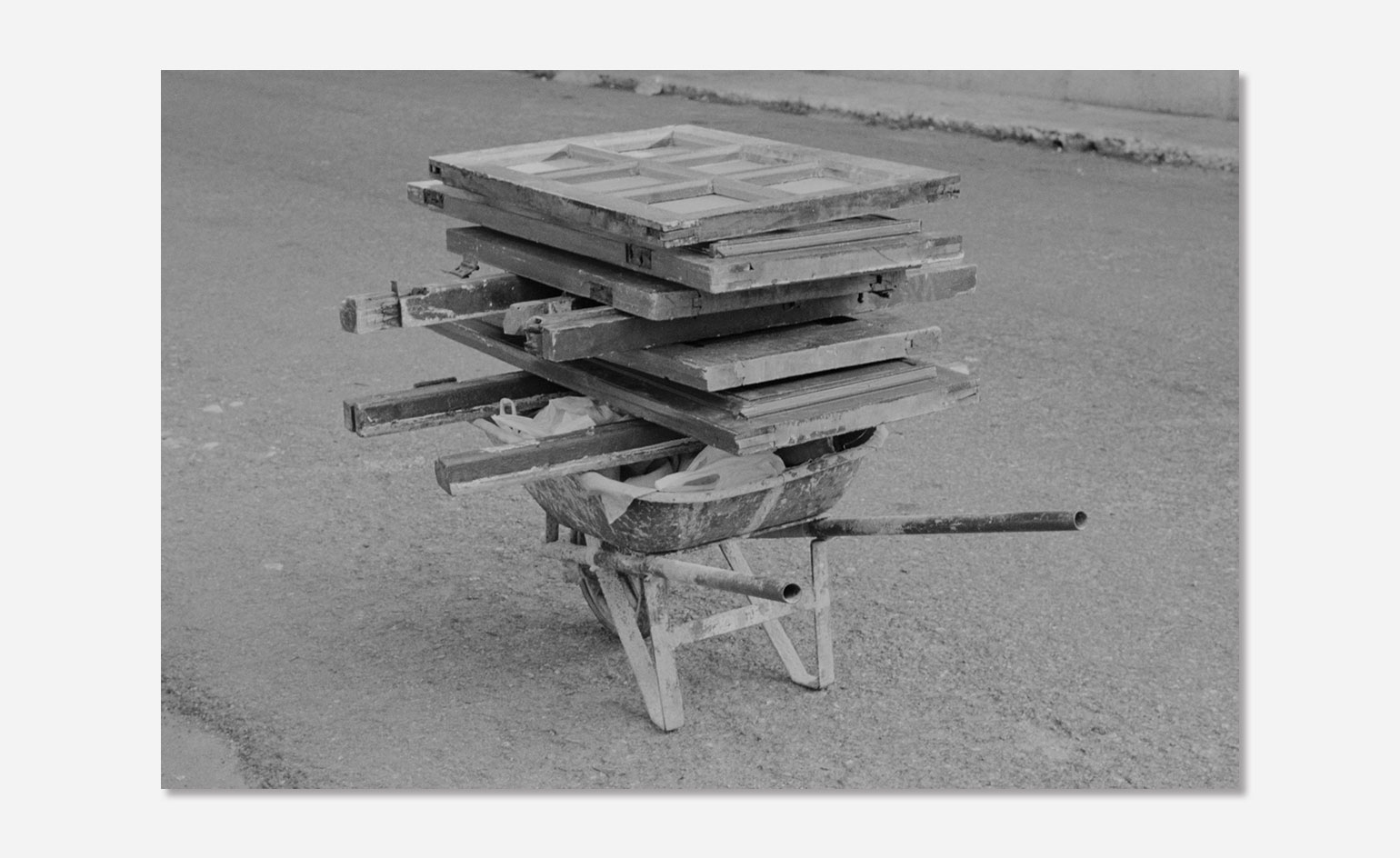
Chanel's will be the first major Western fashion show in Havana for a generation

Flick through our September issue (W*210) to meet the creatives populating this culturally evolving cityscape
INFORMATION
For more information, visit Daniel Shea’s website
Receive our daily digest of inspiration, escapism and design stories from around the world direct to your inbox.
-
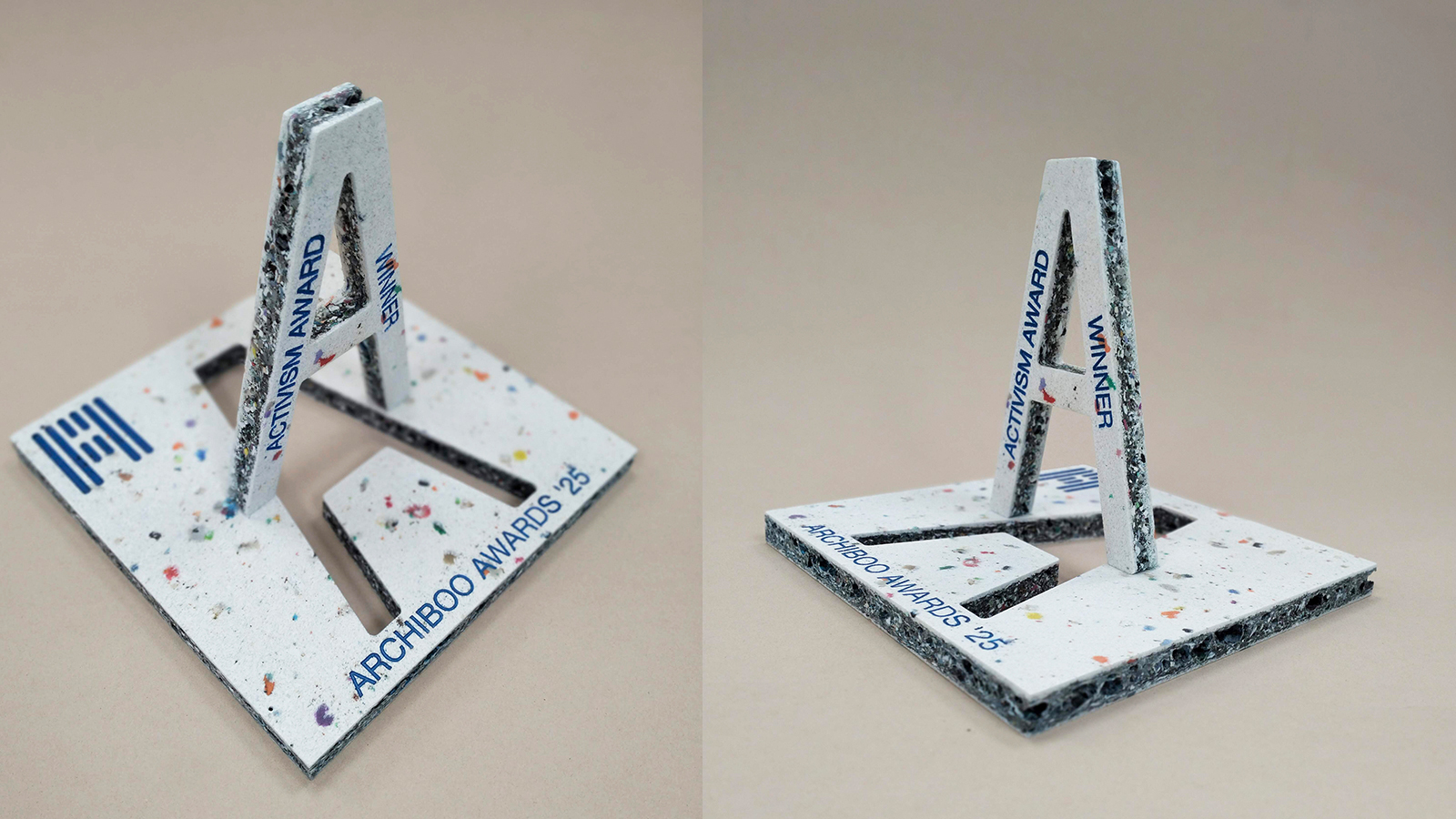 Archiboo Awards 2025 revealed, including prizes for architecture activism and use of AI
Archiboo Awards 2025 revealed, including prizes for architecture activism and use of AIArchiboo Awards 2025 are announced, highlighting Narrative Practice as winners of the Activism in architecture category this year, among several other accolades
-
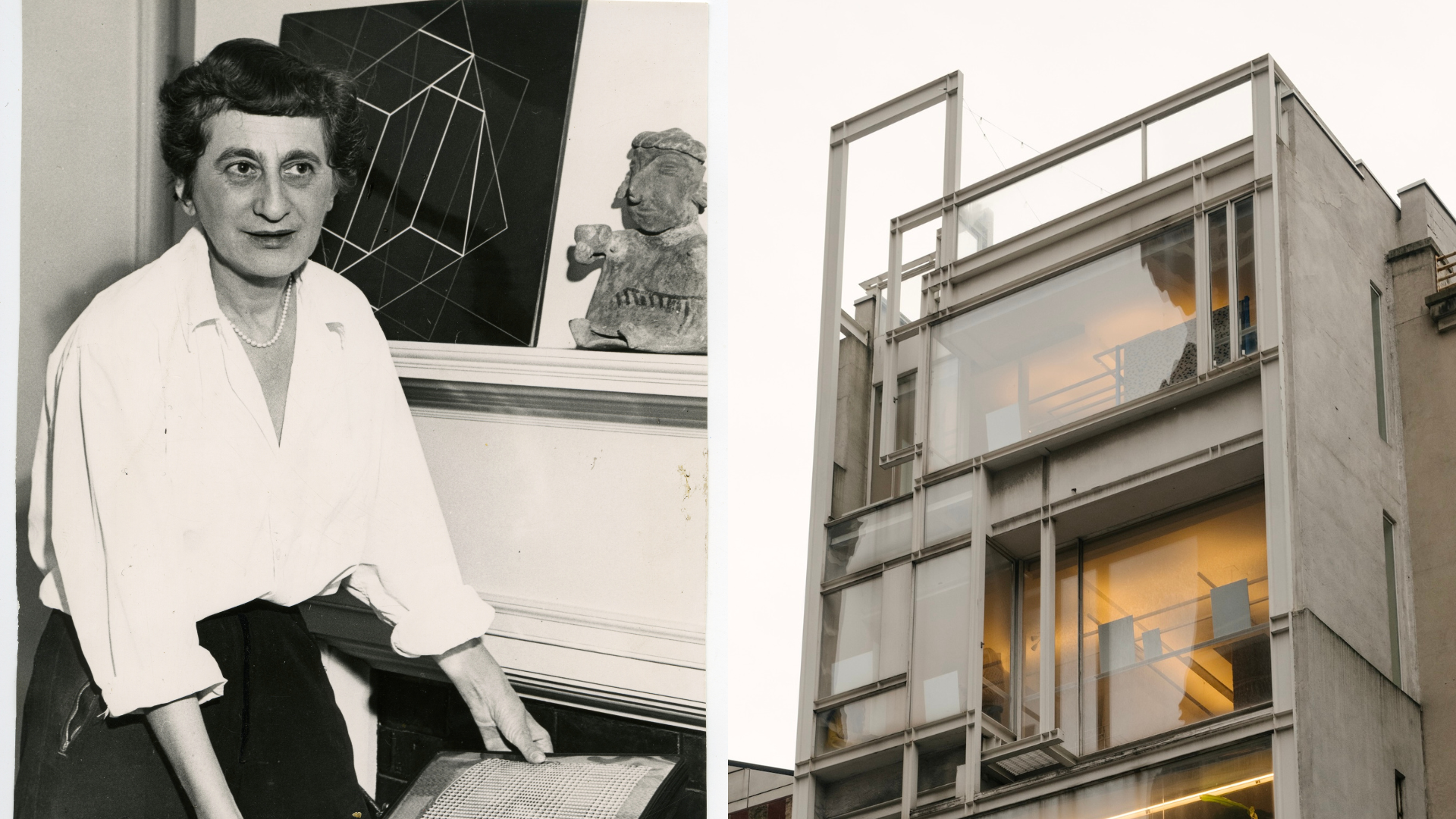 Paul Rudolph's home served as a gigantic 'loom' for an exhibition of Anni Albers textiles
Paul Rudolph's home served as a gigantic 'loom' for an exhibition of Anni Albers textilesItalian textile brand Dedar presented its Weaving Anni Albers collection at the legendary architect’s experimental Modulightor building in New York last week
-
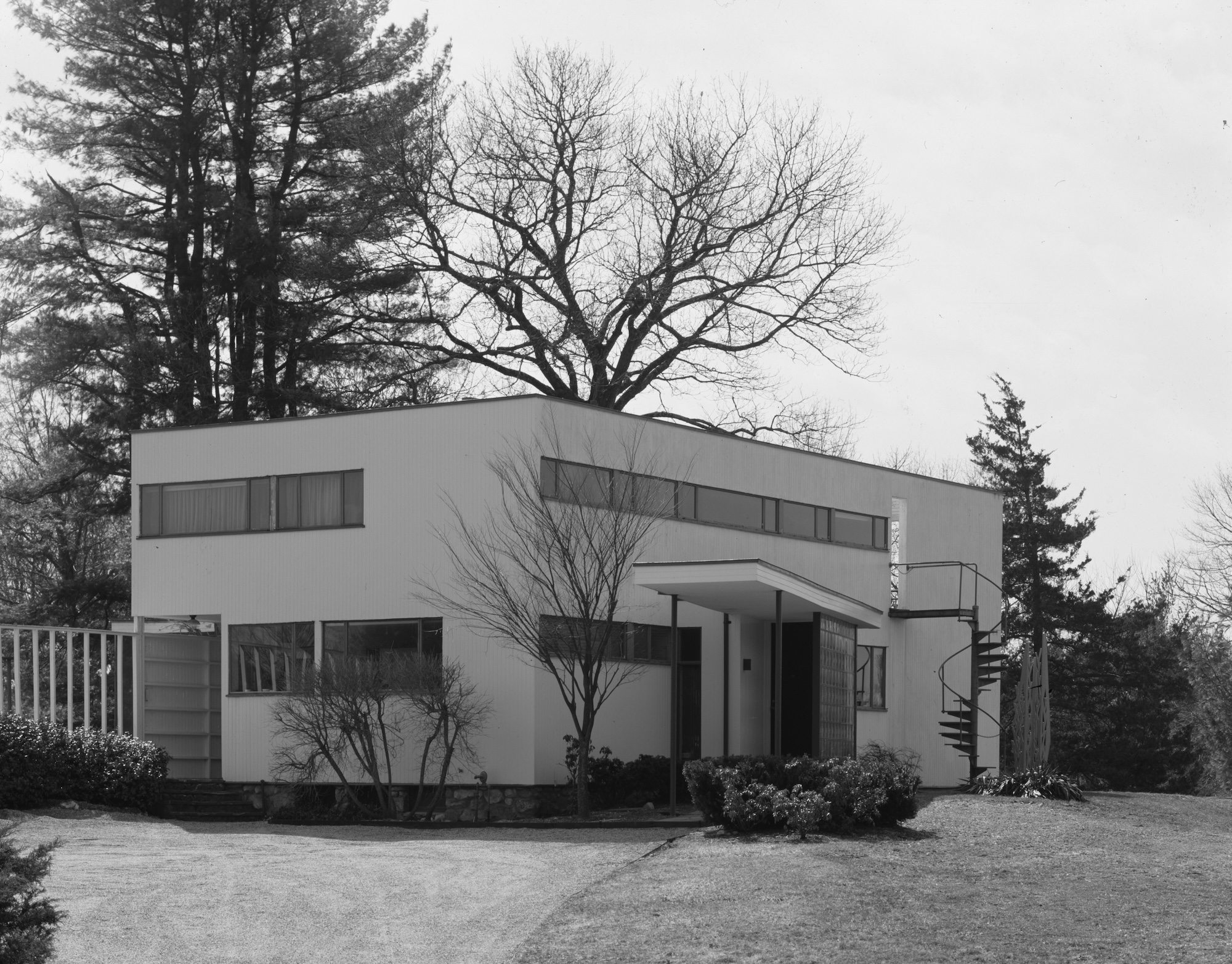 From Bauhaus to outhouse: Walter Gropius’ Massachusetts home seeks a design for a new public toilet
From Bauhaus to outhouse: Walter Gropius’ Massachusetts home seeks a design for a new public toiletFor years, visitors to the Gropius House had to contend with an outdoor porta loo. A new architecture competition is betting the design community is flush with solutions
-
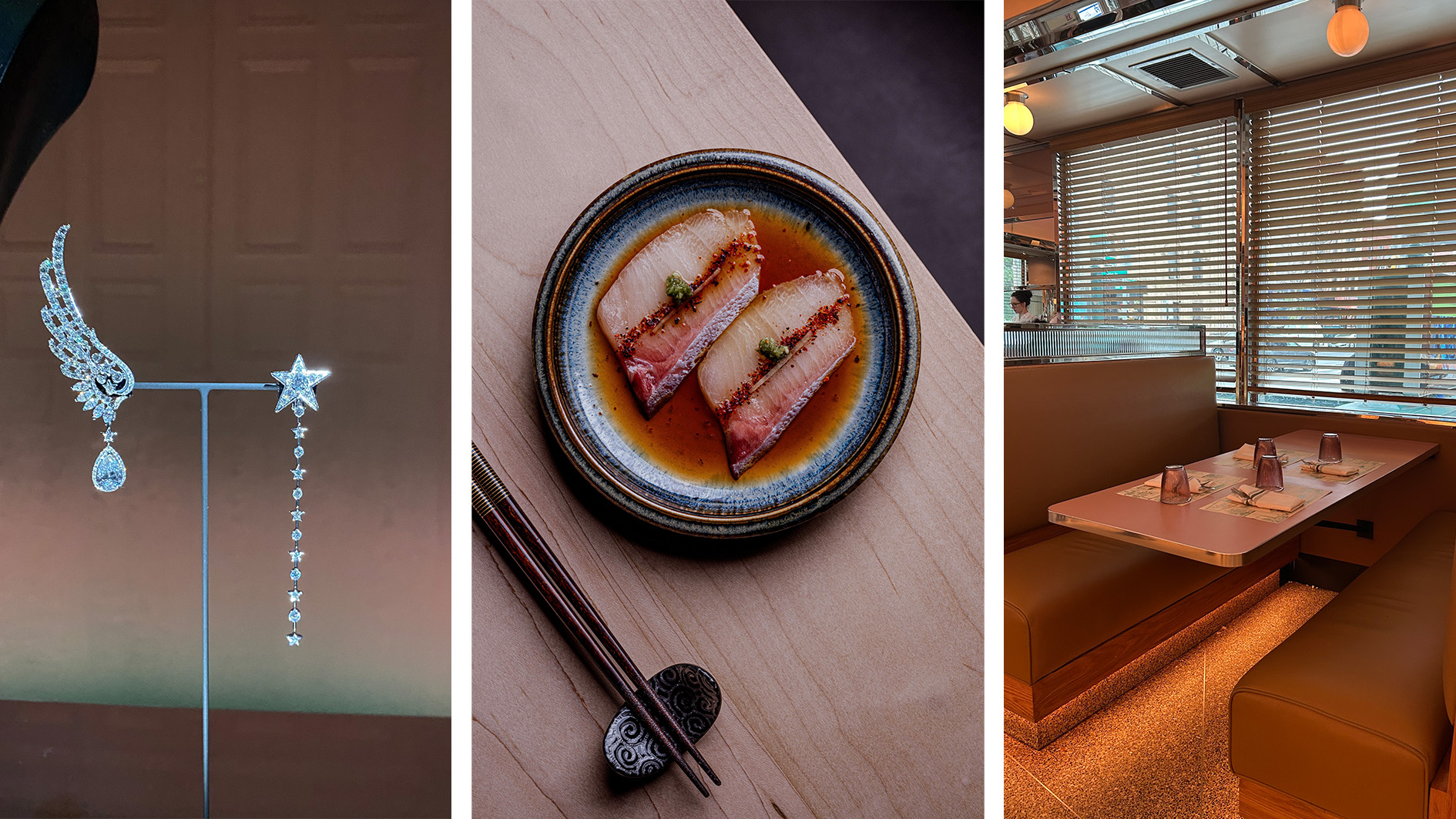 Out of office: the Wallpaper* editors’ picks of the week
Out of office: the Wallpaper* editors’ picks of the weekIt was a jam-packed week for the Wallpaper* staff, entailing furniture, tech and music launches and lots of good food – from afternoon tea to omakase
-
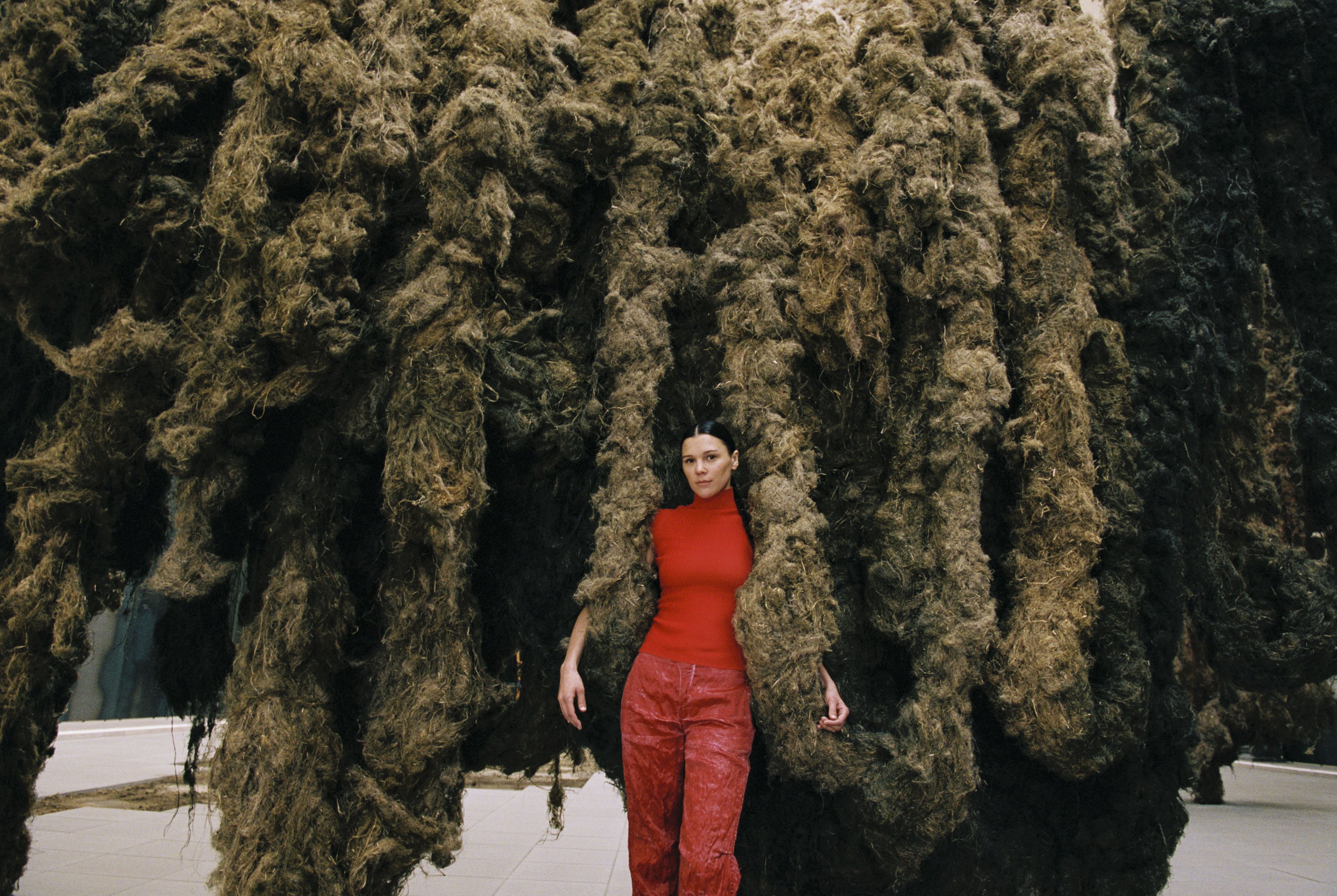 Klára Hosnedlová transforms the Hamburger Bahnhof museum in Berlin into a bizarre and sublime new world
Klára Hosnedlová transforms the Hamburger Bahnhof museum in Berlin into a bizarre and sublime new worldThe artist's installation, 'embrace', is the first Chanel commission at Hamburger Bahnhof
-
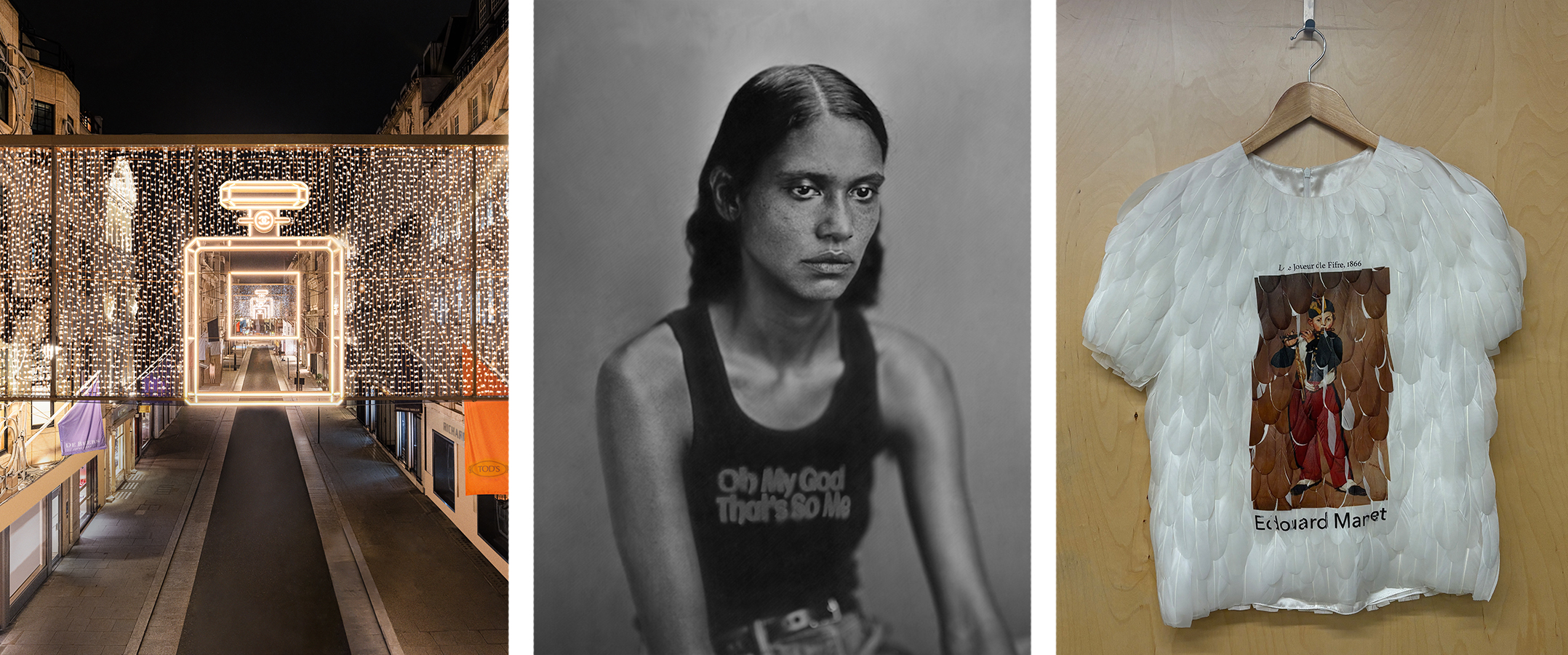 Out of office: what the Wallpaper* editors have been doing this week
Out of office: what the Wallpaper* editors have been doing this weekA trip to Geneva, a festive light ceremony, new season fashion and pre party season health and wellness: it's been another busy week in the world of Wallpaper*
-
 Brutalism in film: the beautiful house that forms the backdrop to The Room Next Door
Brutalism in film: the beautiful house that forms the backdrop to The Room Next DoorThe Room Next Door's production designer discusses mood-boarding and scene-setting for a moving film about friendship, fragility and the final curtain
-
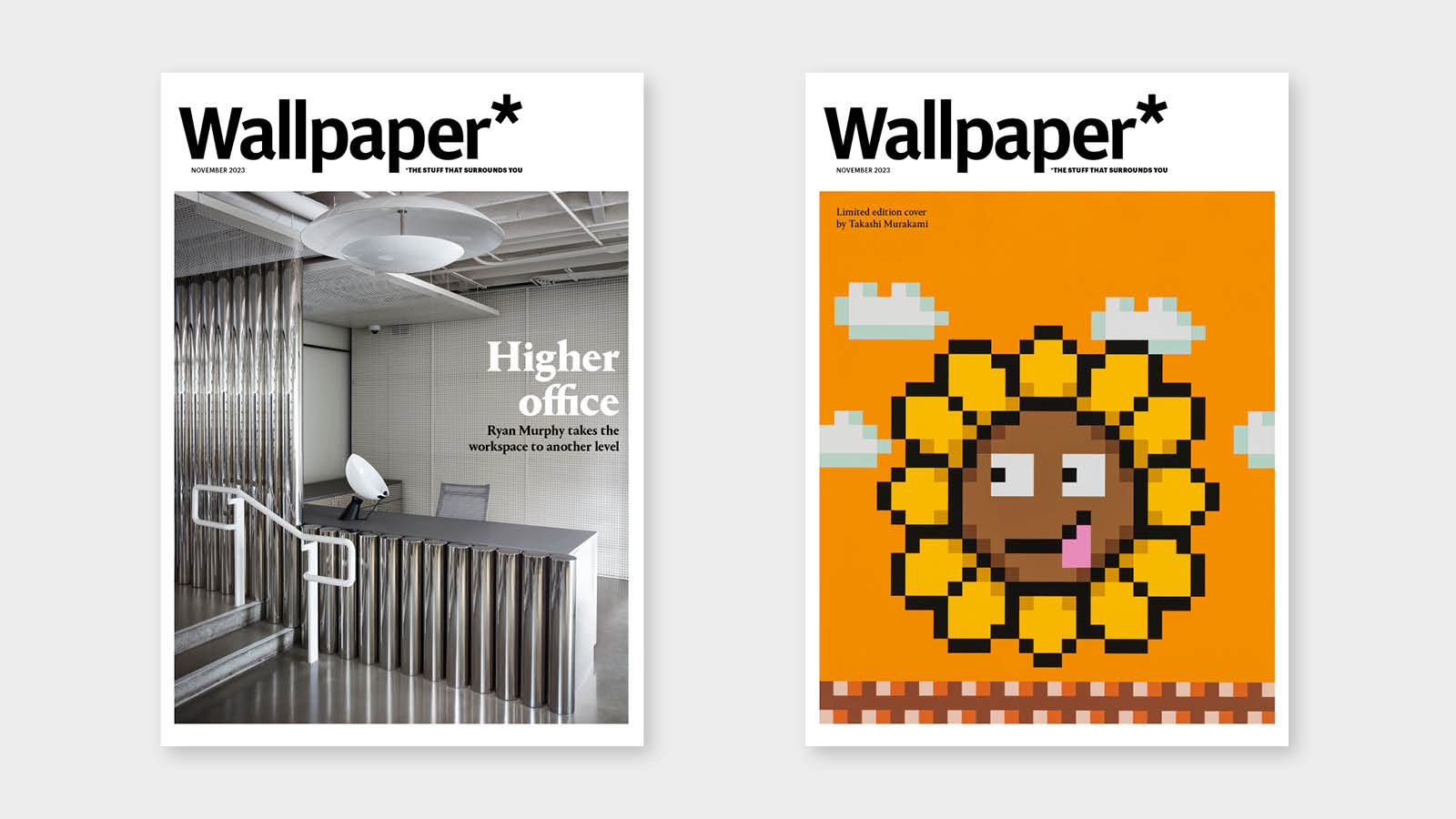 Takashi Murakami and Ryan Murphy headline Wallpaper* November 2023
Takashi Murakami and Ryan Murphy headline Wallpaper* November 2023In the Wallpaper* November 2023 Art Special, discover Takashi Murakami’s pandemic-inspired creatures, producer Ryan Murphy’s Hollywood HQ, 20 years of Frieze and more, on newsstands today
-
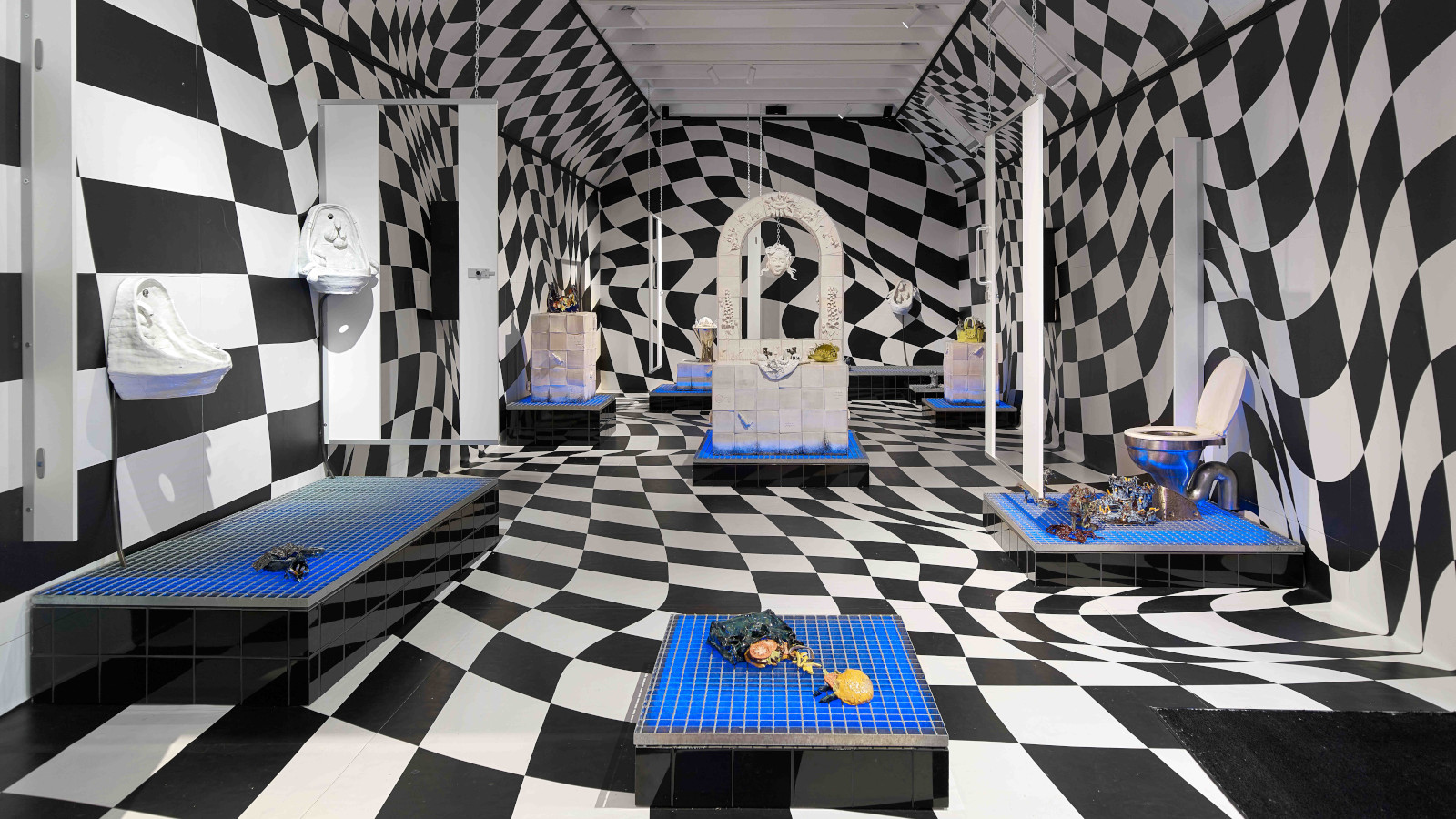 Edinburgh Art Festival 2023: from bog dancing to binge drinking
Edinburgh Art Festival 2023: from bog dancing to binge drinkingWhat to see at Edinburgh Art Festival 2023, championing women and queer artists, whether exploring Scottish bogland on film or casting hedonism in ceramic
-
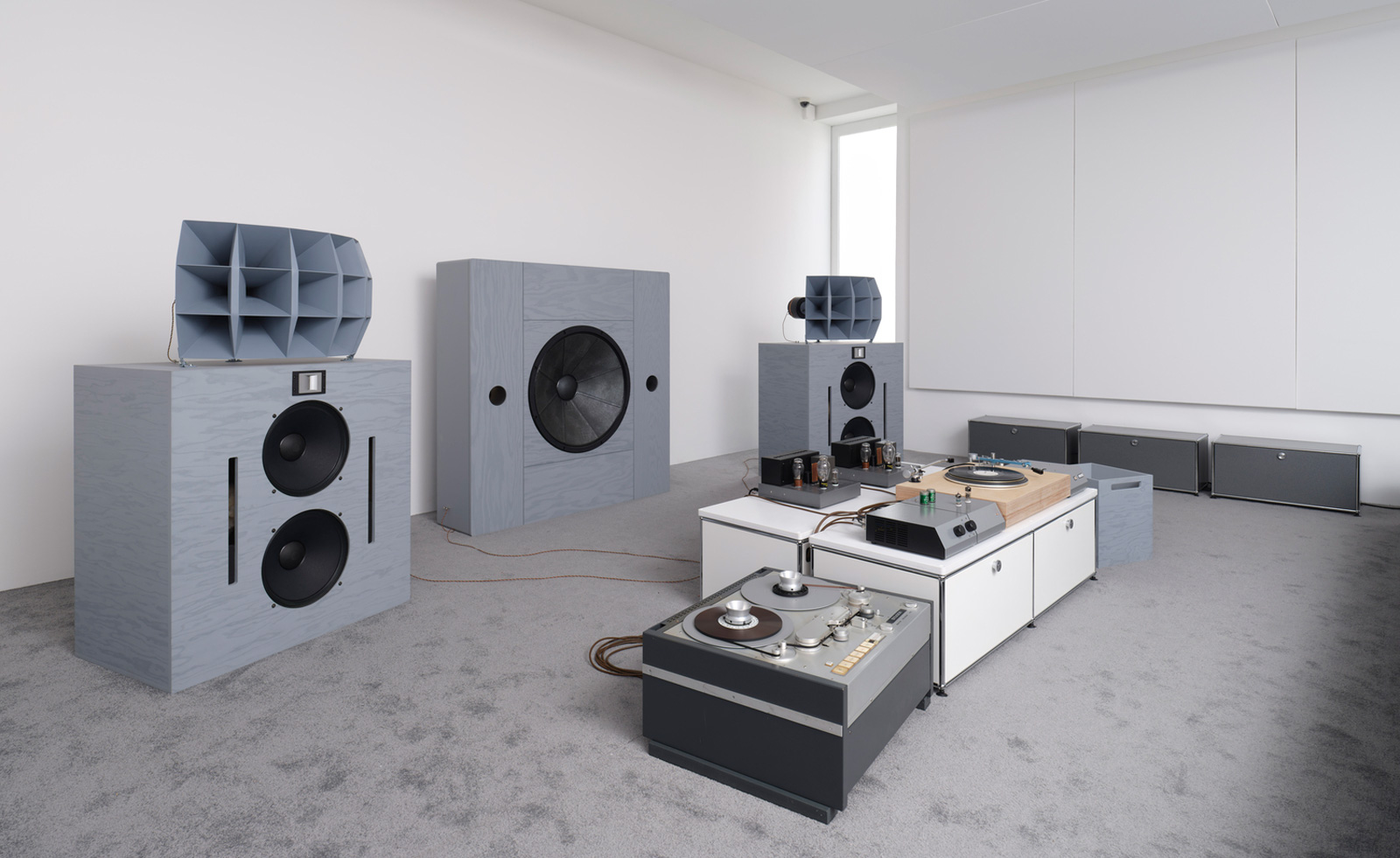 Last chance to see: Devon Turnbull’s ‘HiFi Listening Room Dream No. 1’ at Lisson Gallery, London
Last chance to see: Devon Turnbull’s ‘HiFi Listening Room Dream No. 1’ at Lisson Gallery, LondonDevon Turnbull/OJAS’ handmade sound system matches minimalist aesthetics with a profound audiophonic experience – he tells us more
-
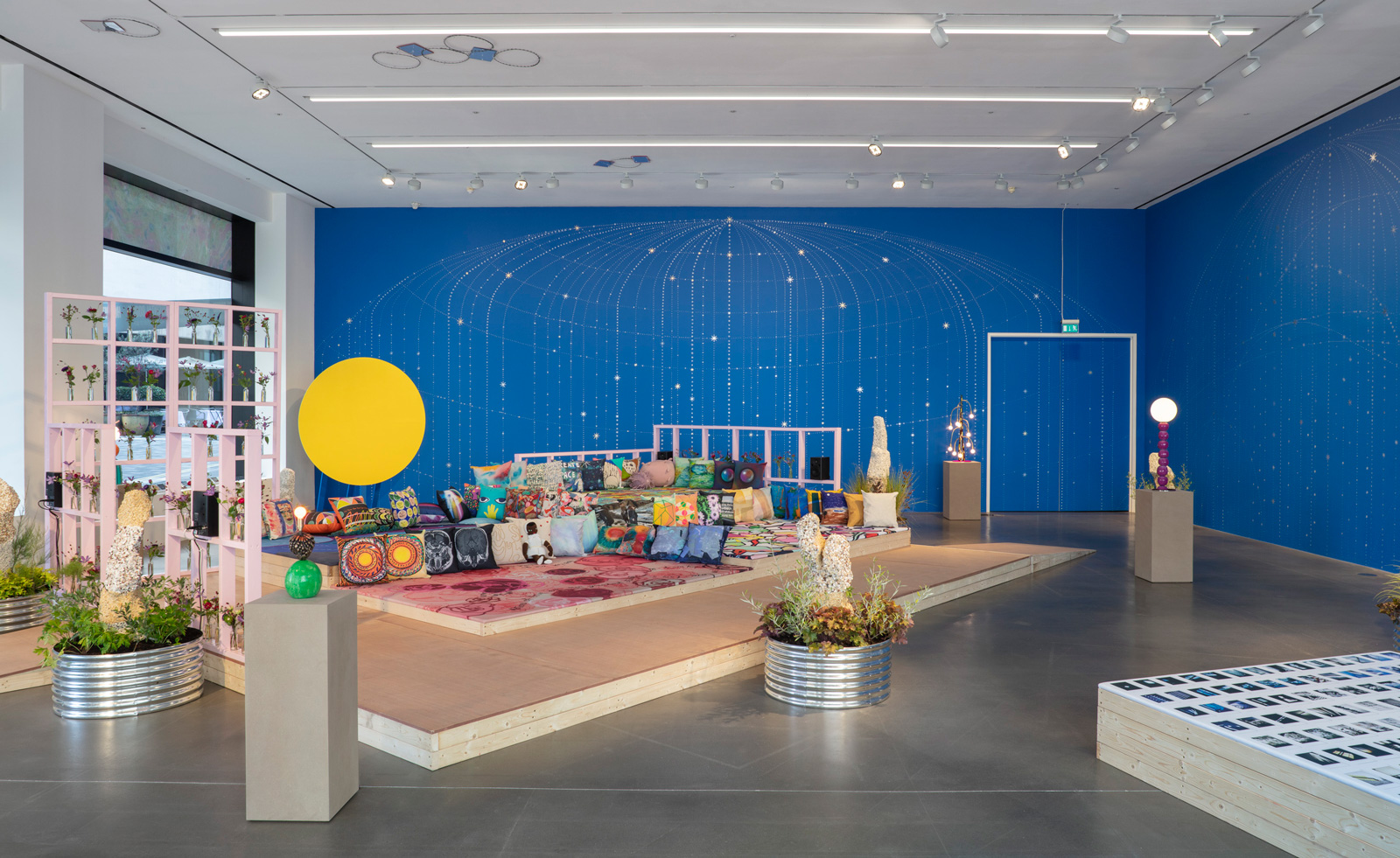 Hospital Rooms and Hauser & Wirth unite for a sensorial London exhibition and auction
Hospital Rooms and Hauser & Wirth unite for a sensorial London exhibition and auctionHospital Rooms and Hauser & Wirth are working together to raise money for arts and mental health charities